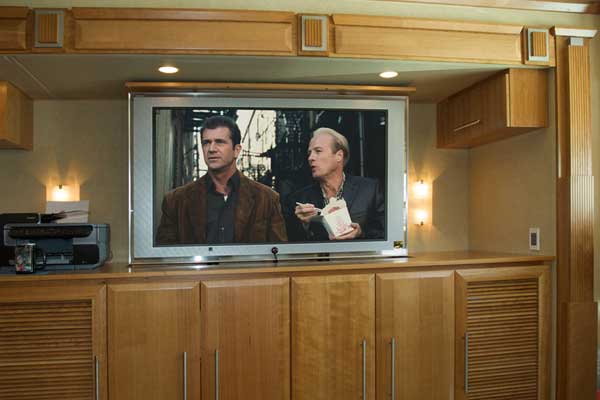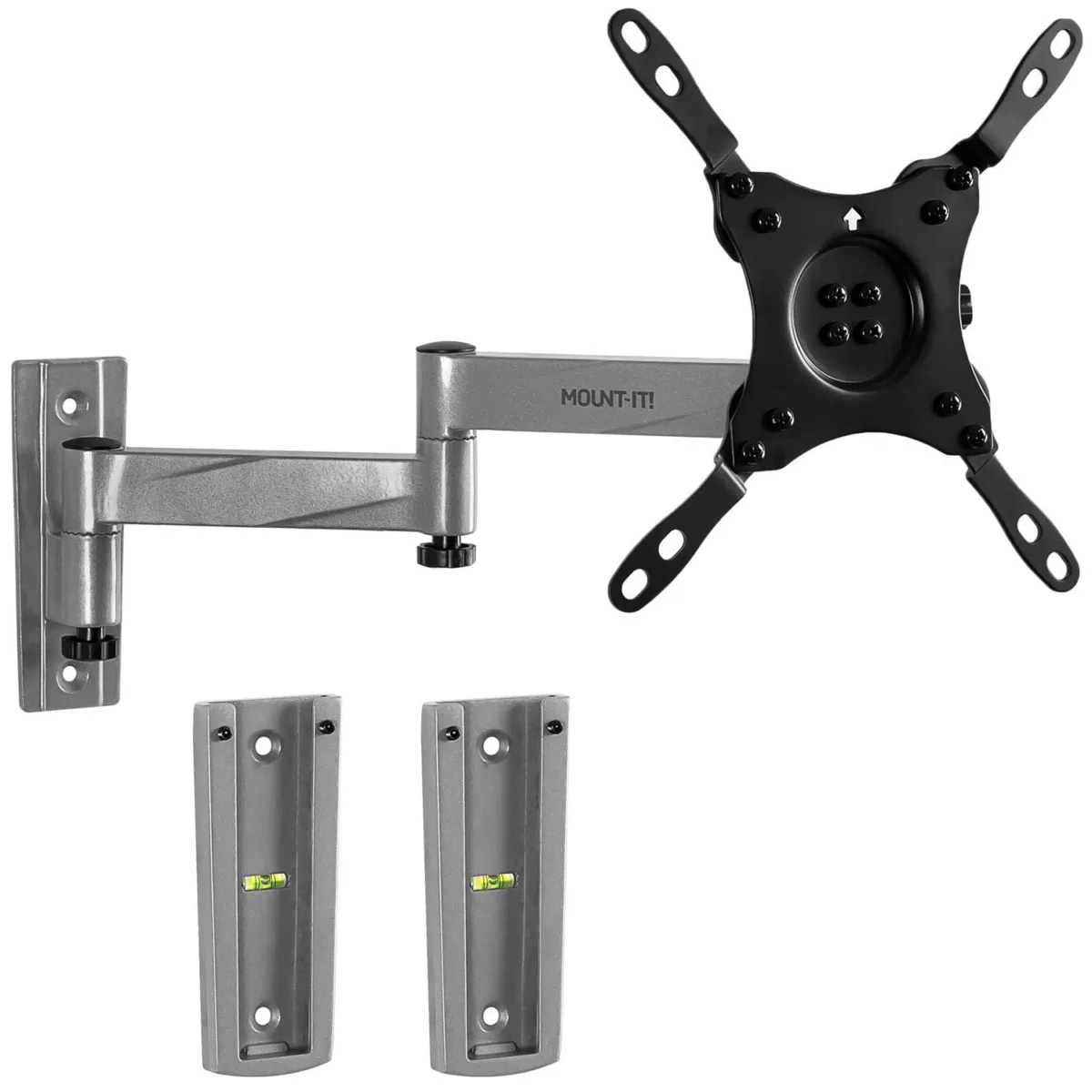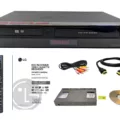RV TV mounts are essential if you want to enjoy watching TV while on the go. However, there are several things to consider when choosing the right RV TV mount. Here are some RV TV mount ideas to help you choose the right one for your needs.
1. Fixed or Swivel Mounts?
There are two types of RV TV mounts: fixed and swivel. A fixed mount allows you to mount the TV in one position, while a swivel mount allows you to adjust the TV’s angle. Swivel mounts are ideal if you want to watch TV from different angles, while fixed mounts are suitable for those who prefer to watch TV from a single position.
2. Wall or Ceiling Mounts?
Another factor to consider is whether you want to mount the TV on the wall or ceiling. Wall mounts are ideal if you want to save space and have a clear view of the TV. Ceiling mounts, on the other hand, are suitable if you have limited wall space or if you want to watch TV while lying down.
3. Size and Weight of TV
When choosing an RV TV mount, it is important to consider the size and weight of your TV. Most RV TV mounts are designed to support TVs up to a certain size and weight. Make sure you choose a mount that can support your TV’s weight and size.
4. Lockable Mounts
If you plan on traveling with your RV, it is advisable to choose a lockable RV TV mount. This will help prevent the TV from moving around during travel and potentially getting damaged.
5. Compatibility with VESA Standards
When choosing an RV TV mount, it is important to ensure that it is compatible with the VESA standards of your TV. VESA stands for Video Electronics Standards Association, and it is a standard for mounting TVs and monitors.
6. Cable Management
Consider a mount that has cable management features. This will help keep your cables organized and prevent them from getting tangled.
Choosing the right RV TV mount is essential for a comfortable and enjoyable TV viewing experience while on the go. Consider factors like the type of mount, size, and weight of the TV, lockable mounts, compatibility with VESA standards, and cable management to choose the right RV TV mount for your needs.

Do RV Televisions Require Special Mounts?
RVs typically require special TV mounts due to the nature of their design and travel requirements. Regular TV mounts may not be able to withstand the constant movement and vibrations of an RV, which could lead to damage or even an accident.
RV TV mounts are specifically designed to be lightweight, durable, and flexible to accommodate the unique needs of RVers. They are often adjustable, allowing for easy viewing from different angles or positions. Some RV TV mounts are also designed to be locked in place during travel, ensuring that the TV stays secure and does not move around.
It is important to choose the right RV TV mount for your specific needs, taking into account factors such as the size and weight of your TV, the type of RV you have, and how often you plan to travel. Consulting with an RV expert or doing research online can help you find the best TV mount for your RV.
Attaching a TV Mount to an RV Wall
Attaching a TV mount to an RV wall can be a bit tricky, but with the right tools and techniques, it can be done easily. Here are the steps to follow:
1. Choose the location: The first step is to choose the location where you want to mount your TV. It should be a flat and sturdy surface, and you should also consider the viewing angle and the distance from the seating area.
2. Locate the studs: Once you have chosen the location, use a stud finder to locate the studs in the RV wall. This is important because you need to attach the mount to the studs to ensure it is securely anchored.
3. Mark the holes: Once you have located the studs, mark the holes where you want to attach the mount. Make sure the holes are level and evenly spaced.
4. Drill pilot holes: Before you attach the mount, drill pilot holes in the marked spots. This will make it easier to screw in the bolts and avoid cracking the wall.
5. Attach the mount: Once the pilot holes are drilled, attach the mount to the RV wall using screws and bolts. Make sure the mount is level and securely attached to the studs.
6. Connect the TV: connect the TV to the mount by following the manufacturer’s instructions. Make sure the TV is securely attached and that the mount can support its weight.
Attaching a TV mount to an RV wall requires careful planning, proper tools, and attention to detail. By following these steps, you can safely and securely mount your TV in your RV for optimal viewing pleasure.

Maximum Weight Capacity of an RV TV Mount
An RV TV mount is designed to hold a television set in a recreational vehicle or a mobile home. The weight capacity of an RV TV mount depends on the specific model and brand. However, most RV TV mounts can hold up to 33 lbs or 15 kg of weight. It is important to check the weight capacity of the mount before installing a television on it to avoid damage to the mount and the TV. The weight capacity of the RV TV mount is usually indicated in the product specifications or manual. It is recommended to choose a mount that can hold the weight of your TV securely to ensure safety while traveling.
Conclusion
When it comes to RV TV mounts, it is important to consider your individual needs and the specific requirements of your RV. While regular TV mounts may be usable, it is recommended to use a mount that is designed specifically for RV or mobile home use to ensure proper security and avoid damage while traveling. The installation process involves positioning the mount, locating wall studs, drilling pilot holes, installing the bracket, connecting the TV and mounting plate, and finally mounting the TV to the wall. With the right RV TV mount, you can enjoy your favorite shows and movies on the road with ease and comfort.







